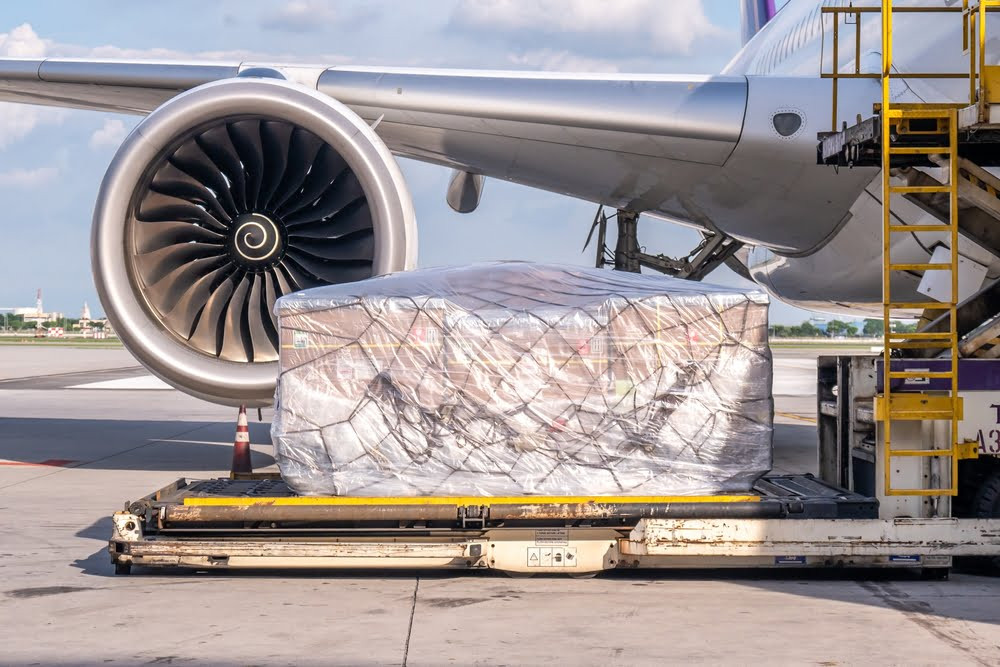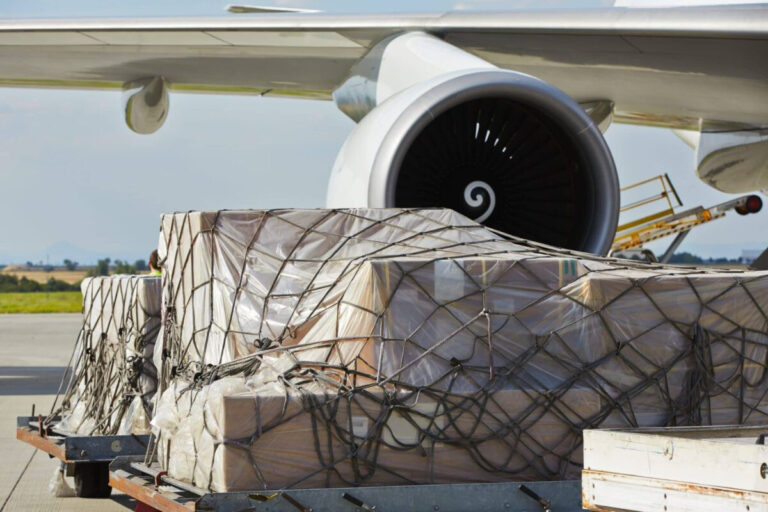
The region’s manufacturing dominance continues to fuel global tonnage increases, contributing 56% of the global tonnage increase year-on-year + 12% in the first 10 months of 2024, according to analysis by WorldACD Market Data.
Home Asia-Pacific markets continue to contribute a significant share of global air freight growth this year, generating more than half (56%) of the global 12% year-on-year increase in tonnage in the first 10 months of 2019. 2024, According to WorldACD market data analysis.
The region’s strong contribution this year means that the Asia-Pacific region’s share of overall global export tonnage rose two percentage points to 41% from 39% last year, far ahead of Europe’s 24%, Central and South America’s 14%, and the Middle East and South Asia. . (MESA) with a 9% share of global volumes, and a North American market share of 8%. Africa’s share of outbound and inbound air cargo traffic remained stable at 4%, based on more than two million monthly transactions covered by the WorldACD database.
AAfter the original Asia-Pacific region, which accounted for 56% of global tonnage growth this year, Europe was the second origin region, accounting for a much smaller share of 17% of global tonnage growth. But the booming MESA region contributed 14% of outbound tonnage growth this year, despite its smaller 9% share of global volumes, helped by the shift of traffic to air this year due to ongoing disruptions in the region’s maritime shipping markets.
Special goods growth is dominated by lean/high technology elements
Within the Asia-Pacific region’s 56% share of global growth year-to-date to the end of October, general cargo contributed nearly two-thirds (64%), supported by large volumes of air e-commerce traffic aggregated as general cargo, while special cargo generated 36%. . The special cargo component was dominated by the weak/high-tech product category, which accounted for about 80% of the growth in special cargo.
Of the top 5 individual growth markets for airports or cities, the world’s busiest air cargo gateway, Hong Kong also remained the largest single generator of year-on-year outbound growth in October, as it has done for most of this year. Hong Kong’s +15% y/y tonnage increase resulted in about double the growth in absolute duty tonnage for second-placed Miami, although the latter recorded +31% y/y growth compared to its tonnage in October last year. Dubai was the third largest market in terms of overseas growth, thanks to a 45% year-on-year increase in October, closely followed by Shanghai and Tokyo.
Special goods drive Hong Kong’s surge abroad
For Hong Kong, all of this growth in October was from special cargo, mostly weak/high-tech products, with general cargo recording a slight decline in dutiable weight year-on-year. Miami’s growth was a balance between general freight and special cargo, while growth in Dubai, Shanghai and Tokyo came mainly from general freight.
Dubai topped the list of the five fastest-growing markets year-on-year during October, thanks to a 19% increase, closely followed by Frankfurt, New York, Singapore and Miami. For all five states, this growth was led by general freight, with special freight accounting for about a quarter to a third of the growth – led by vulnerable/high-tech categories for all but New York, where temperature-controlled freight (mostly pharmaceutical) was the largest growth category. For imports of special goods.
Meanwhile, the top 5 year-on-year declines in inbound loads were recorded at Tehran, Beirut, Beijing, Dhaka and Zaragoza, with inbound loads at Tehran and Beirut almost completely eliminated: loads at both airports fell by -96% year-on-year in October. Most commercial flights to and from Iran and Lebanon were suspended last month.
Dhaka, Beirut and Zaragoza – hit by political unrest, conflict and floods, respectively – also appeared in the top five markets with the biggest decline in outbound flights in October, followed by China’s Qingdao and Mexico’s Guadalajara.
October increases in rates, capacity and payloads
According to WorldACD analysis, global shippable weight in October increased by +8% compared to the previous month, and was +11% higher than in October last year. All six major global origin regions recorded month-on-month and year-on-year increases in October, including a double-digit month-on-month increase in tonnages from Europe (+12%) and Central and South America (CSA, +11%). North America (+10%) and Africa (+10%). Over the 10 months to the end of October, all six regions contributed year-on-year increases to total freighted weight growth of +12%, with the Middle East and South Asia (MESA, +18%) and Asia Pacific (+17%). Recording the largest increases since the beginning of the year.
Meanwhile, capacity was up +2% in October compared to the previous month, and +5% year-on-year, year-on-year, capacity was up +6%. Meanwhile, global average interest rates – based on the full market average of spot and contract rates – rose another +1% in October compared to September, pushing average rates up +12% year-on-year. . The largest year-on-year rate increases in October came from the Middle East & South Asia (+49%) and Asia-Pacific (+17%) regions, as has been the case for most of this year. There were notable increases in October rates from CSA (+5%), Africa (+4%), Europe (+3%) and Asia-Pacific (+2%).
Rates and tonnages have been consistently higher in 2024 since week 20
WorldACD figures show that total loadable weight worldwide has been above last year’s levels for most of 2024, and since week eight has been consistently higher each week. On the pricing side, average full market prices worldwide will likely take longer to surpass last year’s levels, but since the 20th week they have been consistently higher than the corresponding week last year. Averaged across the world through the first 10 months of 2024, full market rates are roughly the same as their equivalent levels last year.


